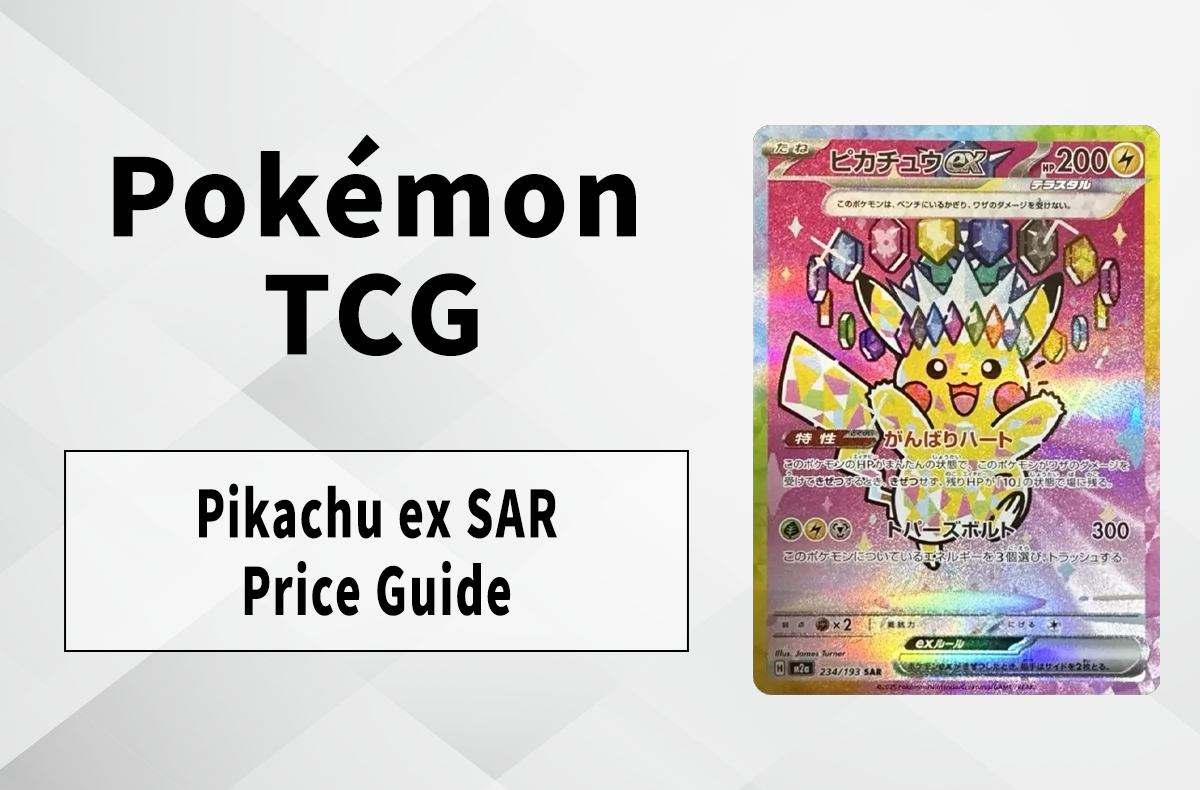Stealing Sole: A History of Sneaker Knockoffs and Copyright Contests in the Footwear Industry
Saul Goodman might be needed for legal duties.
Words by S Keyshenn
The world of sneakers is a cutthroat industry, where innovation and exclusivity reign supreme. But with skyrocketing demand and limited edition releases, the line between inspiration and imitation can become dangerously thin. This article delves into the murky world of ripoff shoes, exploring the ongoing battle between originality and intellectual property theft.
Understanding Copyright and Trademarks:
Copyright protects the original expression of ideas, such as creative designs. Trademarks, on the other hand, safeguard distinctive branding elements like logos and slogans. Both play a crucial role in safeguarding intellectual property within the sneaker industry.
Echoes in the Marketplace: Similar Looking Shoes
Nike vs BAPE:
A BATHING APE’s BAPE STA silhouette was called out by Nike. In 2023, a lawsuit was filed between both sneaker titans. Nike accused Japanese streetwear giant A BATHING APE (BAPE) of blatantly copying its most iconic designs, including the Air Force 1, Air Jordan 1, and Dunk silhouettes.

Nike claimed BAPE’s STA line produced similar-looking shoes by mimicking these designs “near verbatim”, alleging BAPE’s business thrived on copying Nike’s success. BAPE, however, had been selling these sneakers for over two decades. It was speculated that a recently expired patent in Japan might have played a role in the timing of the lawsuit.
PUMA vs adidas:
Similar accusations of copying are not uncommon within the industry. Another example is the PUMA NRGY line, which faced lawsuits for its resemblance to adidas’s revolutionary Boost technology. Boost, known for its tiny capsules that provide a unique cushioning experience, may have been too closely mimicked by the NRGY design.

This instance highlights the fine line between drawing inspiration and outright copying, especially when it comes to technical aspects of sportswear. Legal action, like the lawsuit against the NRGY line, is a way for companies to establish ownership and protect their innovative designs.

Beyond the NRGY vs. Boost example, there are likely other instances where PUMA and adidas have been accused of producing look-alike sneakers. This is not surprising in such a competitive industry, where staying ahead of the curve is crucial. Both companies undoubtedly invest heavily in research and development, and sometimes those efforts might end up looking a little too similar.
Skechers vs Everyone:
Skechers has a long history of footwear that bears an uncanny resemblance to popular designs from industry giants adidas and Nike. The Skech-Air Varsity, for instance, is a near copy of the Nike Air Max 90, sharing its chunky build and visible air cushioning.

Similarly, the Skechers Onix echoes the clean lines and minimalist style of the classic adidas Stan Smith. These similarities haven’t been without consequences, as both adidas and Nike have sued Skechers for alleged design infringement. Take a look at the picture below, courtesy of GQ.

The legal side of things is intricate, but boils down to copyright protection. If a design is deemed too similar to a trademarked design, it can be considered infringement. Skechers’ strategy seems to be one of drawing inspiration from established brands, blurring the line between homage and imitation. This approach targets a specific market: budget-conscious consumers seeking familiar styles at a lower price point.
While adidas and Nike prioritize performance and cater to sneaker enthusiasts, Skechers focuses on a more casual audience. Their shoes are known for comfort and affordability rather than cutting-edge athletic technology. This strategy has allowed Skechers to carve out a niche in the footwear market. However, the legal battles highlight the fine line they walk. It remains to be seen how Skechers will navigate the world of design inspiration in the future.
PONY vs Nike:
The PONY City Wings and the Nike Air Jordan 1 “Chicago” are two iconic sneakers that have sparked debates about design similarities. Both shoes boast a high-top silhouette with a lace-up closure, padded ankle collar, and a classic basketball shoe aesthetic. However, a closer look reveals some key differences.

The PONY City Wings features a distinct paneling design, with a slightly different layout of leather and nylon compared to the Air Jordan 1. The branding is entirely different as well, with the PONY shoe lacking the iconic “Jumpman” logo and Nike swoosh. Furthermore, the color palettes diverge significantly. While the Nike Air Jordan 1 “Chicago” is known for its red, black, and white combination, the City Wings come in a wider variety of colorways.

So, are the similarities a case of copyright infringement, or is the PONY design simply inspired by the general high-top basketball shoe silhouette? Copyright law protects specific design elements, not general shapes. In this case, the distinct paneling and branding elements of the PONY City Wings likely position it outside the realm of infringement.
It’s also important to consider brand history. The Air Jordan 1 debuted in 1985 and has achieved legendary status. The PONY City Wings, while holding significance in the 1980s basketball scene, doesn’t carry the same cultural weight. While PONY might draw inspiration from the established high-top silhouette, they likely target a different market segment compared to the Air Jordan 1.
Demanding Originality in a Saturated Sneaker Market
As sneaker culture matures, consumers are becoming increasingly aware of intellectual property rights. They value authenticity and support brands that invest in innovation and creativity. Companies that resort to blatant copying risk not just legal repercussions, but also damaged reputations with their customer base. This shift in consumer consciousness can potentially influence future design strategies within the industry.
The Future of Footwear:
The sneaker industry will continue to navigate the complexities of inspiration and infringement. Finding a balance between paying homage to iconic designs and developing original concepts will be crucial for brands seeking to thrive in this competitive market. One potential solution could lie in fostering a more collaborative environment, where brands leverage inspiration while adding their own unique twists.
Additionally, increased transparency regarding design processes could build trust with consumers who value authenticity. Ultimately, the future of footwear belongs to those brands that can push the boundaries of design while staying true to their creative vision.
For the latest releases, breaking news, and exclusive interviews, stay tuned to the SNKRDUNK Magazine and @snkrdunk on Instagram. Explore the SNKRDUNK App too and don’t forget to use our welcome code from the banner below before making your first purchase. Additionally, if you would like to try a pair out, visit our stores in Singapore and Japan!
More SNKRDUNK Features:
11 Stylish Ways to Tie Shoelaces Every Sneakerhead Must Try
[TCG Throwback]: Yu-Gi-Oh TCG Stardust Overdrive
Euro 2024 Special: How Blokecore is Kicking Up a Fashion Storm
Looking Back at Kendrick Lamar’s Shoes
Pokémon TCG Boxes Expected To Be Restocked Soon
















![KEEN Uneek Loafer WK “Cordovan” (Serial Numbered) [Release Date/Price/Where To Buy]](https://snkrdunk.s3.ap-northeast-1.amazonaws.com/en/magazine/wp-content/uploads/2025/12/18174957/20251213014846-2-scaled.webp)
![Supreme 25FW Week 17 Items [Release Date/Price/Where To Buy]](https://snkrdunk.s3.ap-northeast-1.amazonaws.com/en/magazine/wp-content/uploads/2025/12/16172651/20251215141711-5.jpg)
![Palace Skateboards x The North Face Purple Label “Holiday 25” Week 4 [Release Date/Price/Where To Buy]](https://snkrdunk.s3.ap-northeast-1.amazonaws.com/en/magazine/wp-content/uploads/2025/12/16171616/20251215095019-0.jpg)


![BABYMETAL x Vans Collection [Release Date/Price/Where To Buy]](https://snkrdunk.s3.ap-northeast-1.amazonaws.com/en/magazine/wp-content/uploads/2025/12/12175359/20251210091758-0.jpg)



